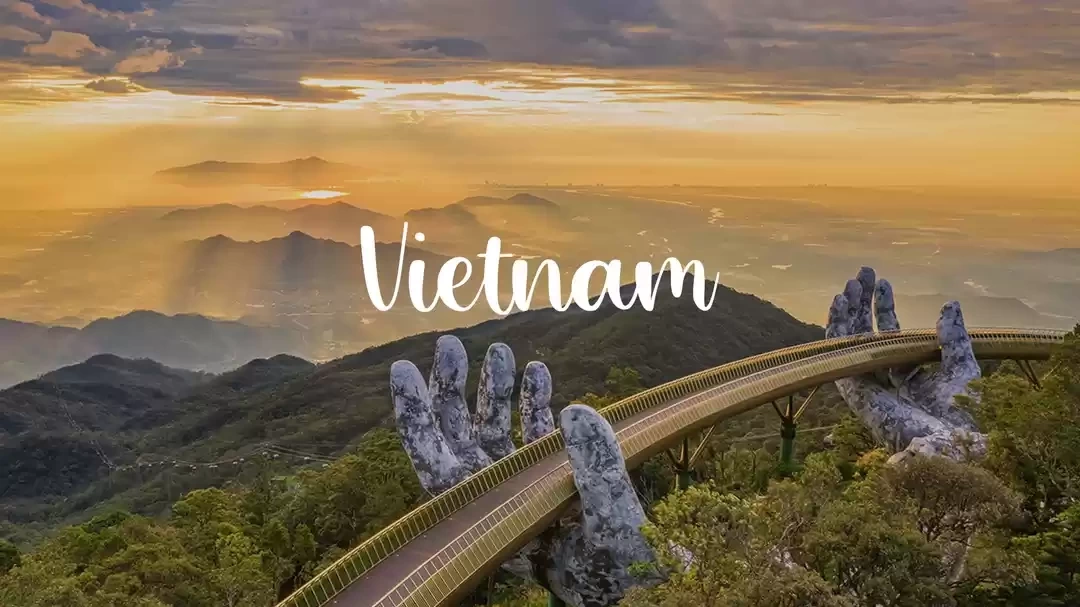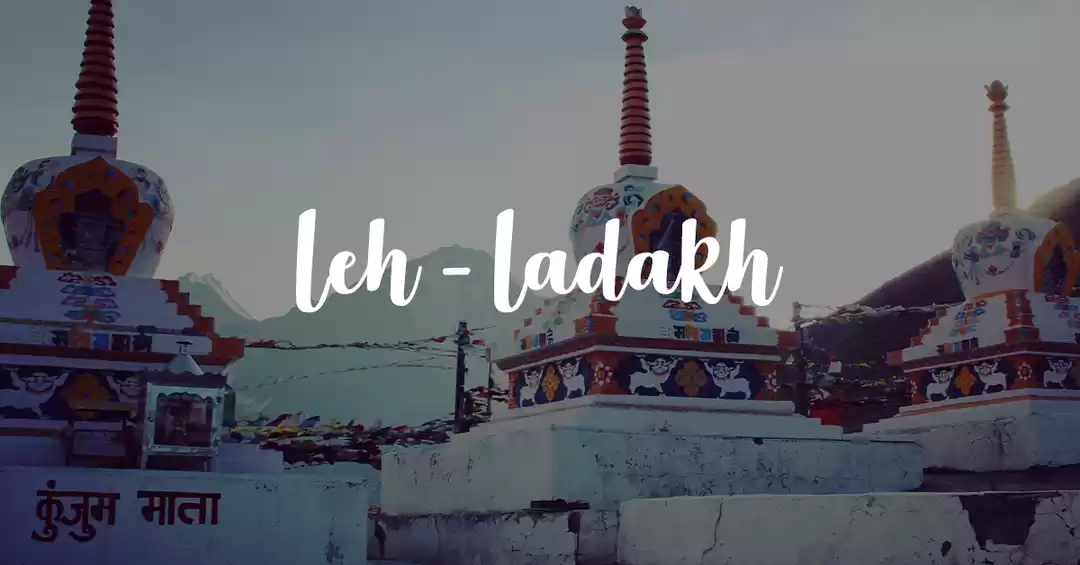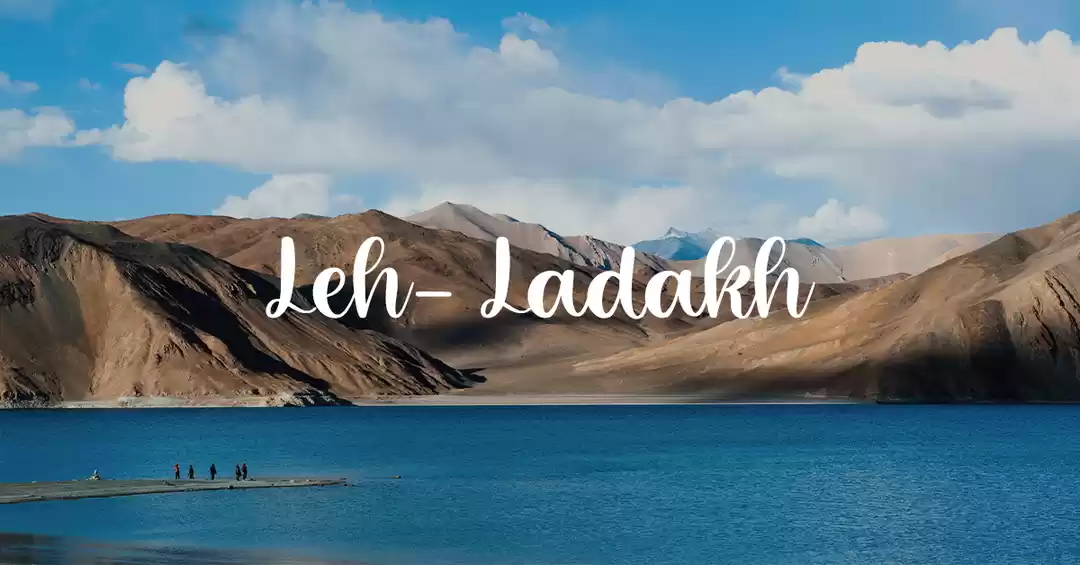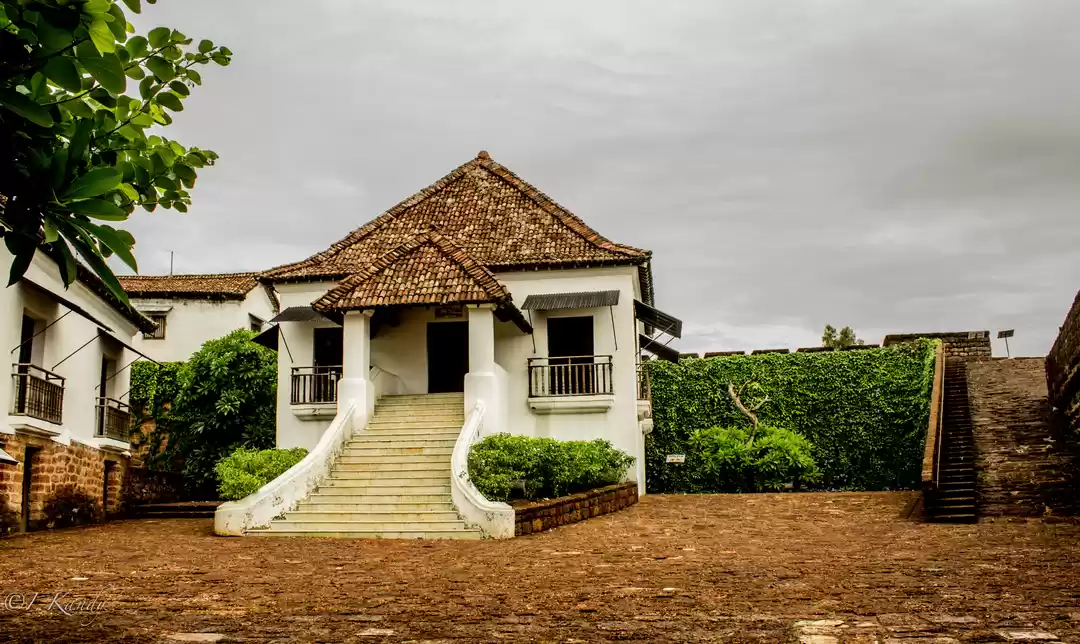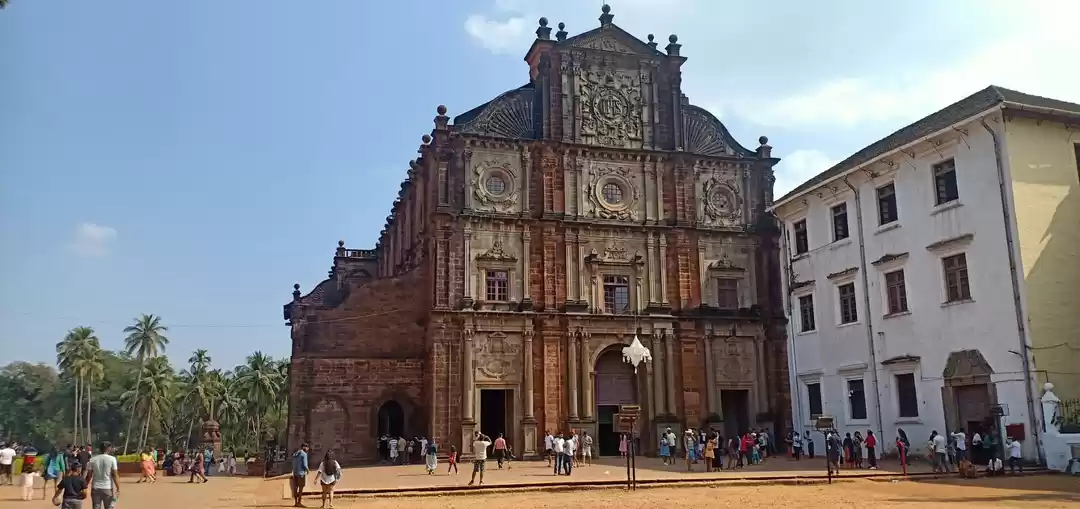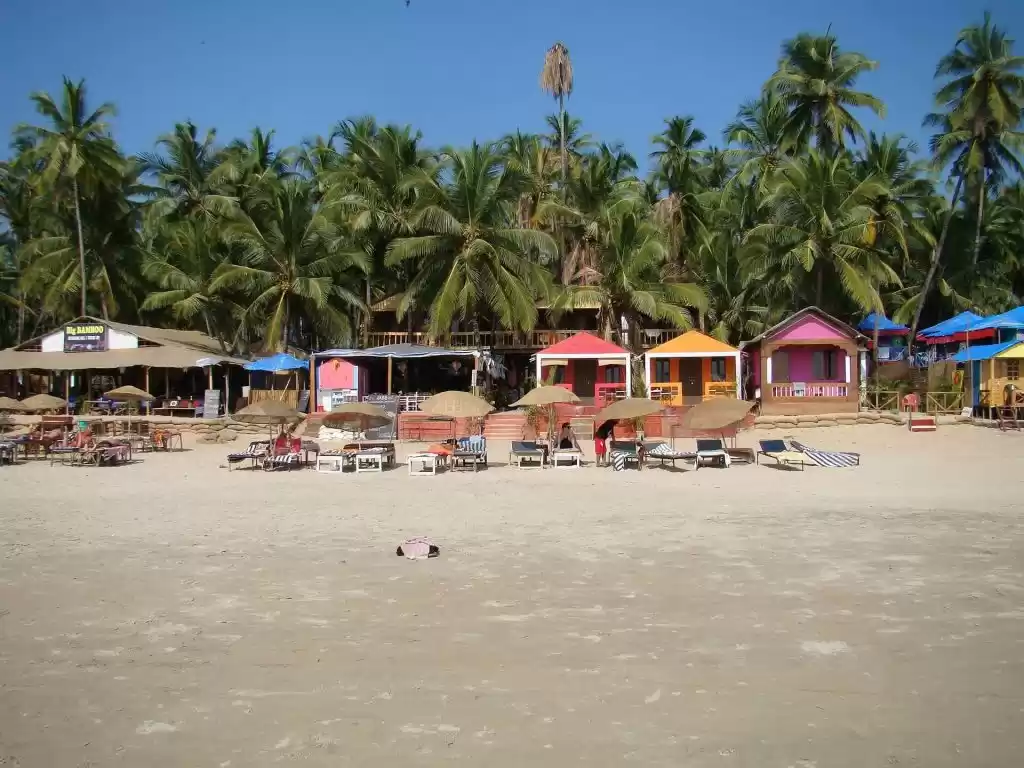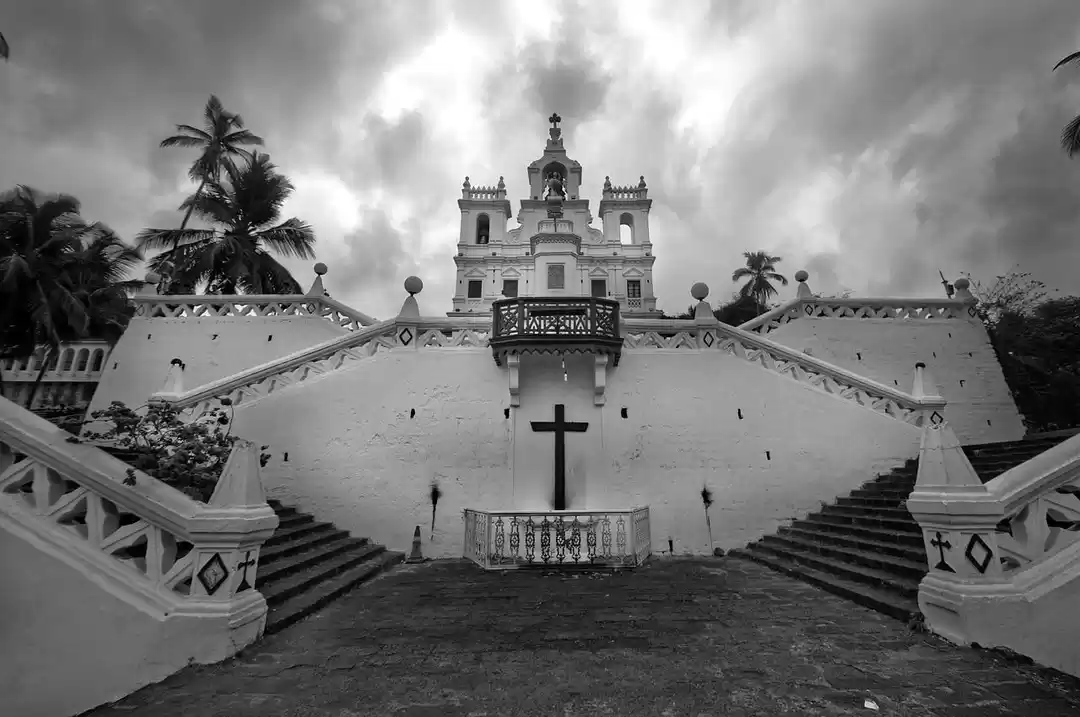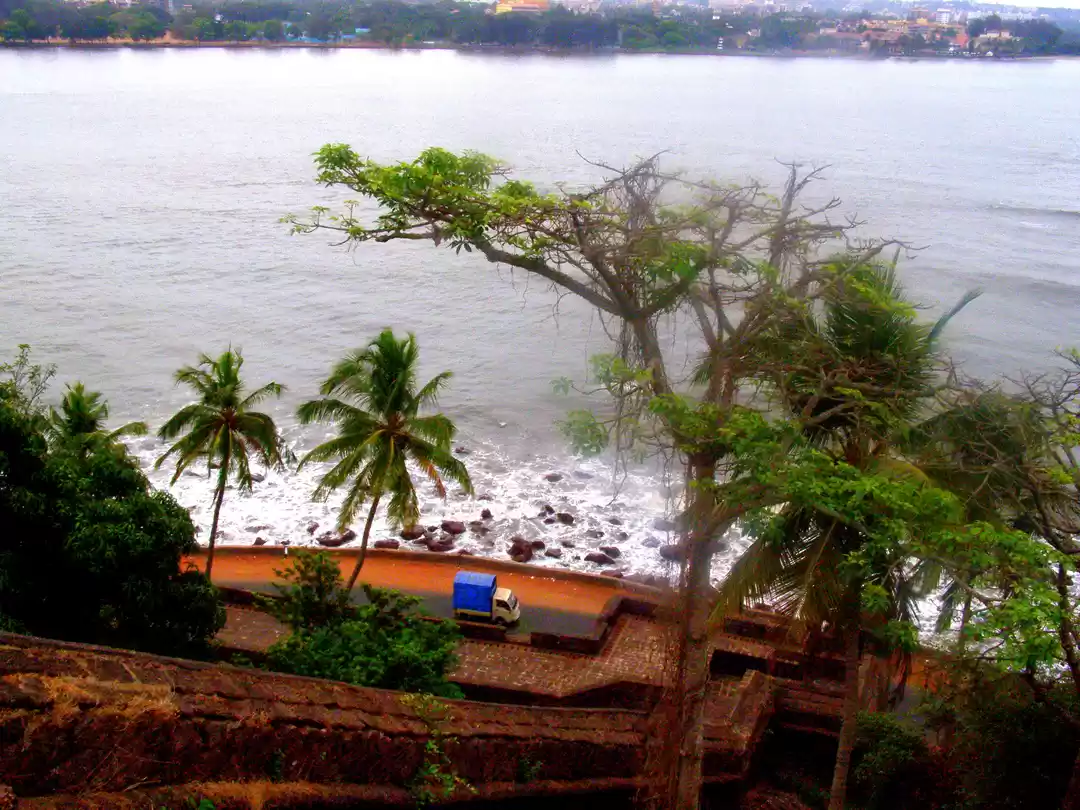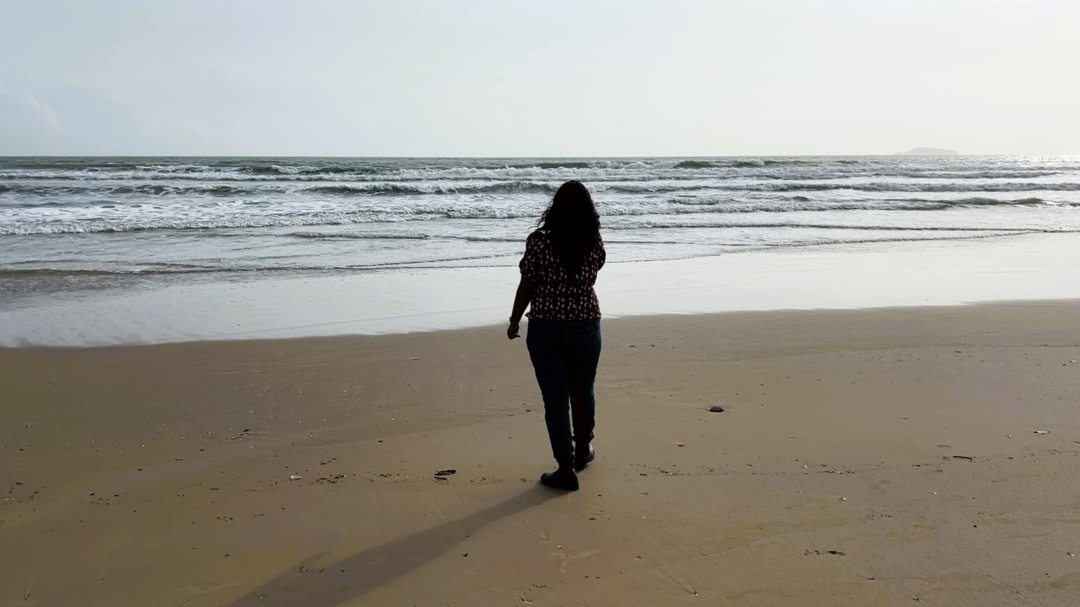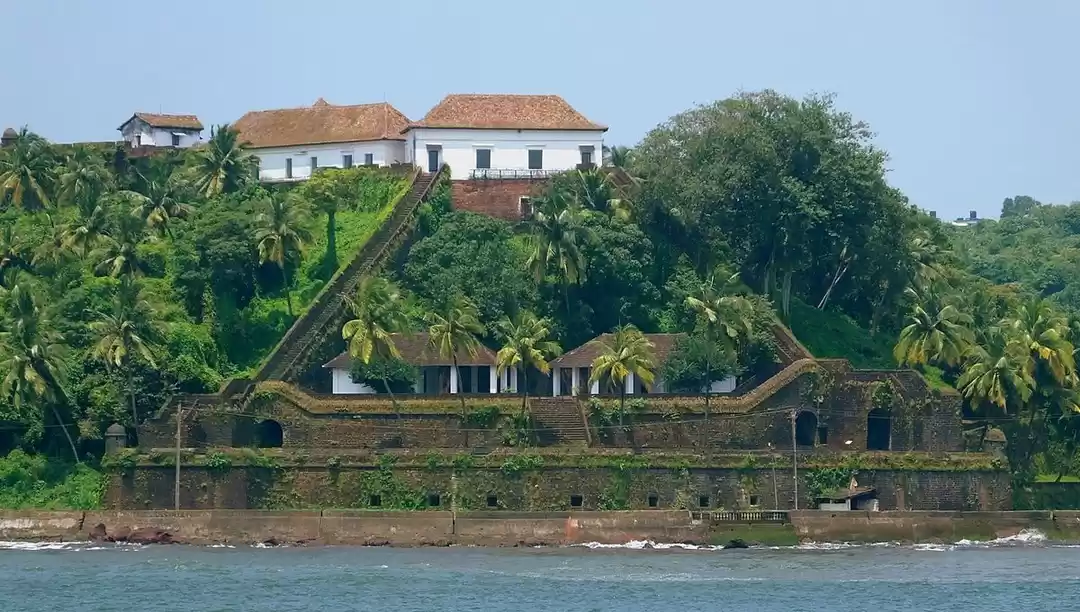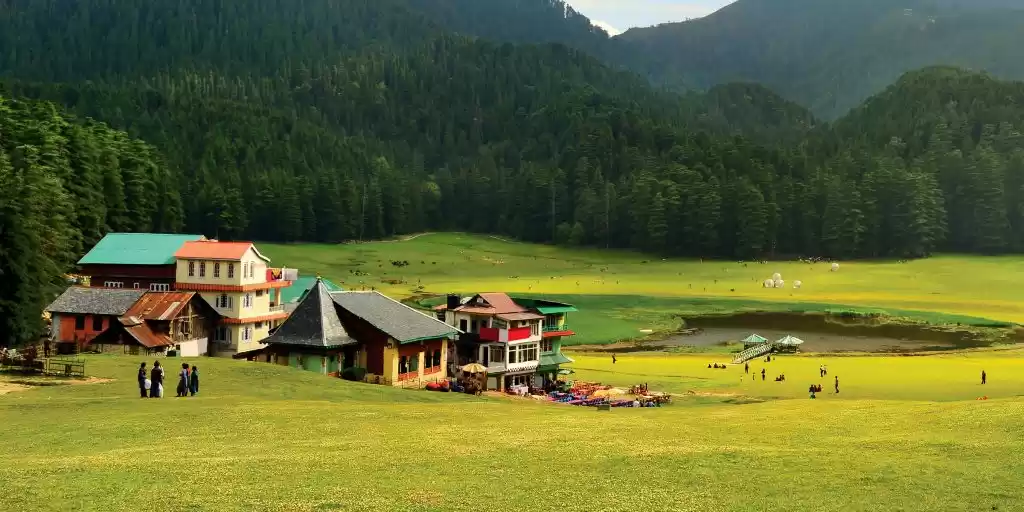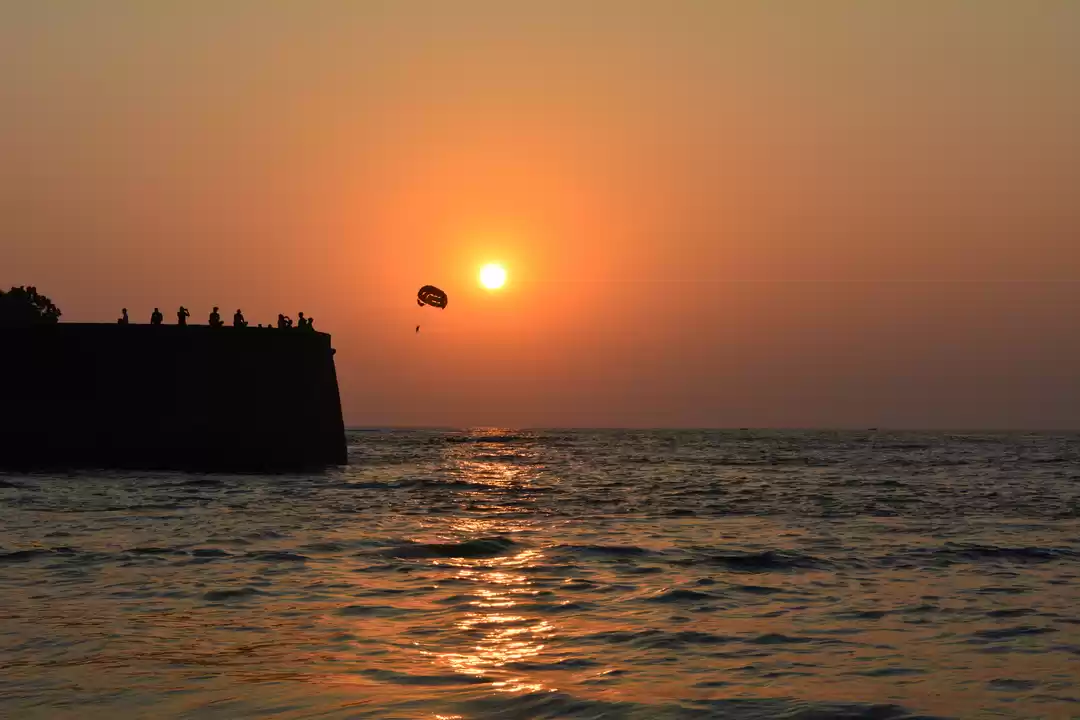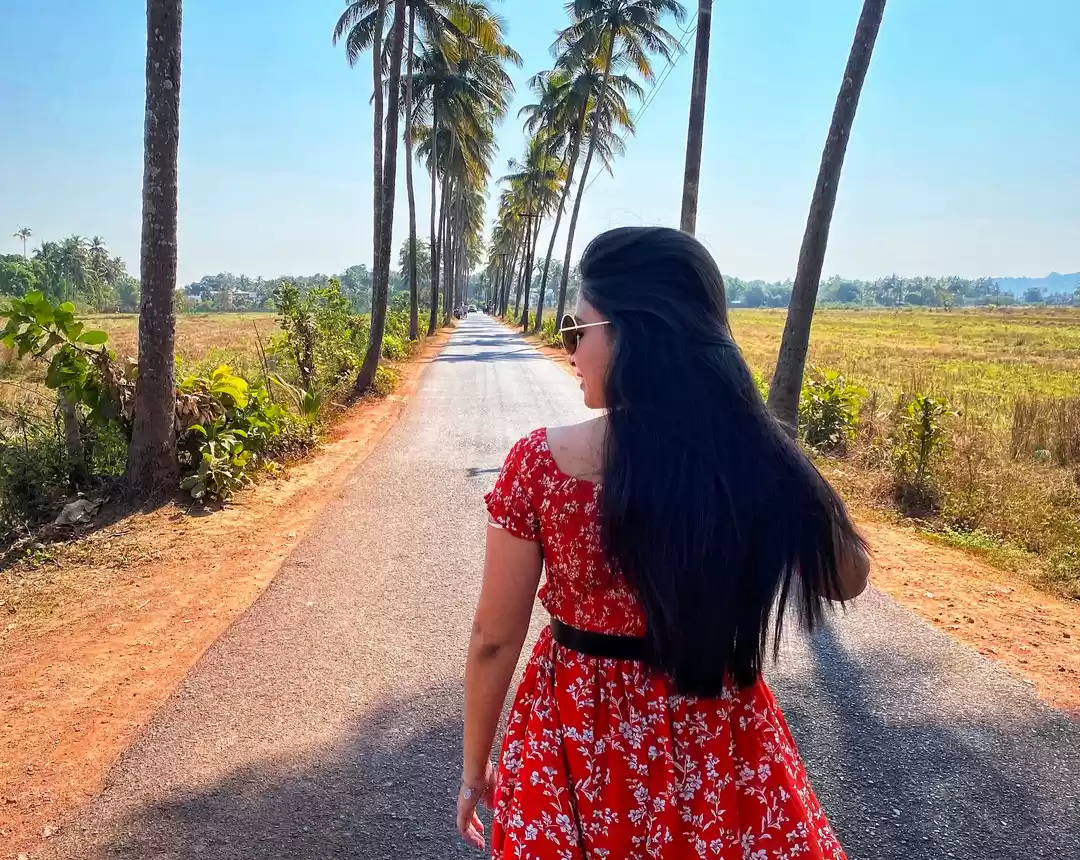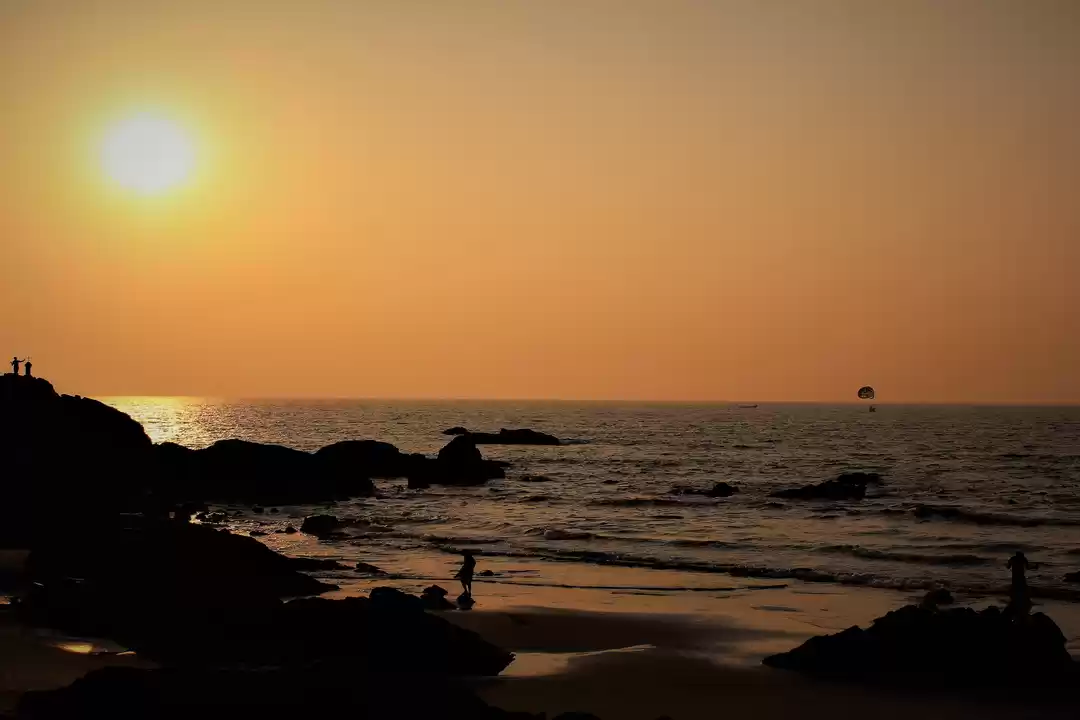When you plan a vacation in Goa plan for a different Goa experience! Here are some things that one can do in Goa, other than partying in the lovely beaches and relishing Goan cuisine.
Goa, with an area of 3072 sqkm, is the smallest state of India and it is a quirky coincidence that it has the shortest name too, mere three letters. However it was not called Goa always. The state was earlier known with names like Sunaprant (golden land), Aparant (the land beyond), Gomant, Gomantak, Goparashtra, and Govapuri (all from Go - meaning cow, the names mean nation of cowherds).
One of the most interesting activities to indulge in and connect with history of Goa is to do the Old Goa Heritage Walk. The old winding paths take you through some of the most historically significant buildings and the oldest churches in the region.
Absolutely must see churches in Goa are:
Basilica of Bom Jesus, most important of all, houses the sacred body of St. Francis Xavier. It is India's first basilica and included in UNESCO World Heritage Sites in 1986.
The imposing Sé Cathedral - This is also a part of the World Heritage Site, Churches and convents of Goa. It is located in Old Goa.
Church of St Francis of Assisi is an architectural marvel dating back to 1661.
The Chapel of St Catherine - this is in the same compound of the above two churches. It is a symbol of victory, built by Afonso de Albuquerque in 1510. It was renovated and expanded in 1550.
Church of St. Cajetan built with hemispherical dome, reminiscent of St. Peter's Basilica, Rome. The church is named after Saint Cajetan of Thiene, founder of Theatine Order of Monks. It was built by Italian Monks of the Order of Theatines in 1665.
Fontainhas Heritage Walk
Yet another brush with medieval history of Goa can be experienced through the Fontainhas Heritage Walk. Fontainhas, the name translates to little fountain, is the oldest and largest Latin quarter of Asia. Take a guide along to have a wholesome knowledge of past that survived the onslaught of modernisation in the 21st century. Walls of the houses adorned with kaleidoscopic colors, yellow, green and blue, balconies fronted by wrought iron railings and tiled roofs, the architectural potpourri will transport you to another era.
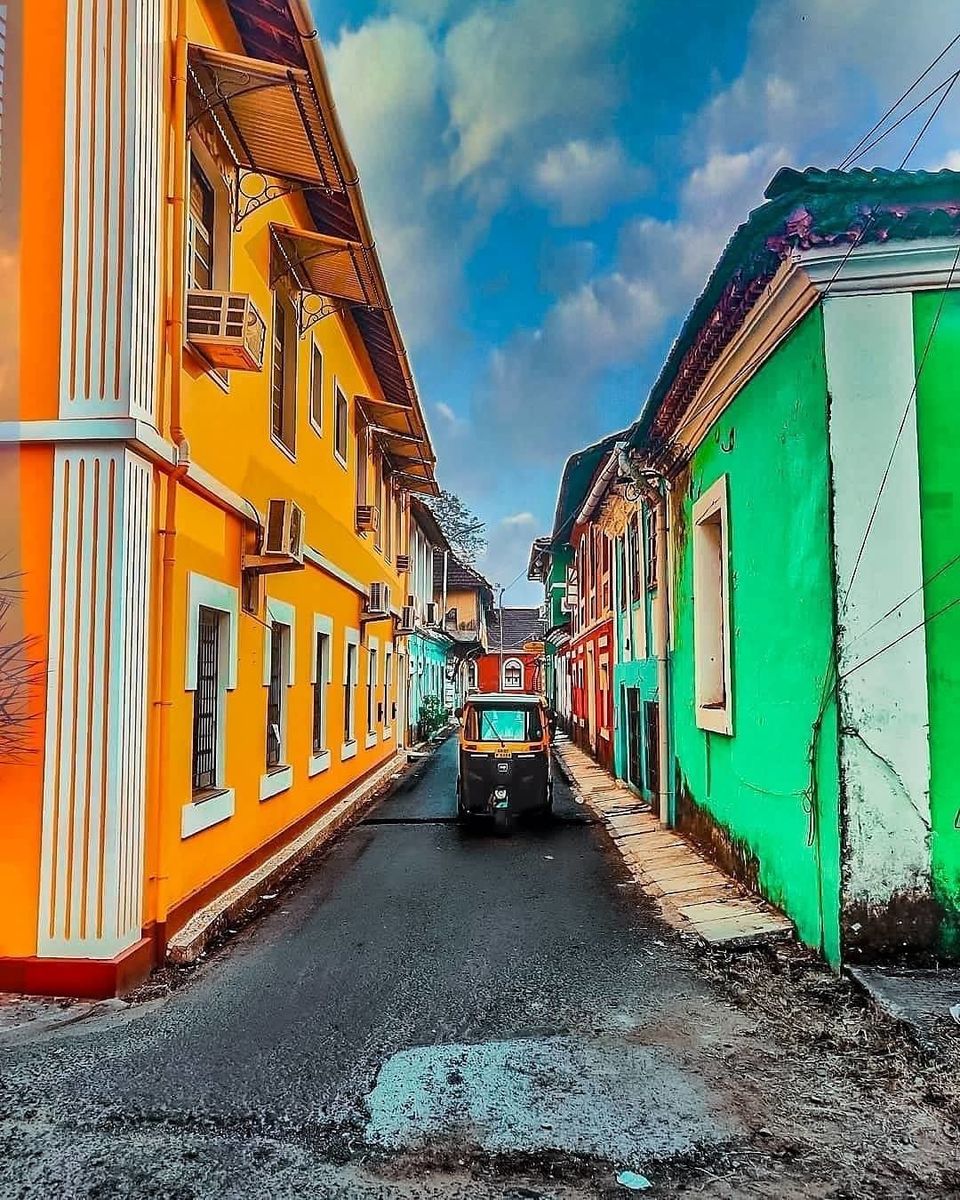
Goa was under the rule of Hindu Kings, Muslim invaders and Europeans. The net effect has been a unique amalgam of Hindu, Islamic and European architectural styles for the temples of Goa. This unique Goan architecture makes it all the more visually pleasing.
Among all the temples Mangueshi Temple has elegant architectural design, particularly the seven storeyed deepastambha (lamp tower) that stands beside the main temple. The temple is dedicated to Bhagwan (God) Manguesh who is believed to be incarnation of Bhagwan Shivji only in the regions of Goa. It is a very old temple built in the 18th century, now maintained and renovated from time to time by the managing committee elected by the trustees or Mahajans of the temple.
Other temples worth visiting are: Bhagawati Devi mandir, Brahma Mandir, Shri Datta Mandir, Shanta Durga Devi Mandir, Devi Vitthal Mandir.
Goa has a good mix of religious institutions and monuments. The mosques, built in typical Islamic style, are complete with domes and pillars. Safa Mosque or Safa Shahouri Mosque, one of the oldest mosques of Goa from 16th century, is located at Ponda within Goa.
Look beyond these religious monuments and UNESCO sites, you will find the outline of Goa dotted with several forts. Visit them for a different Goa experience.
Fort Tiracol - At the northernmost tip of Goa, perched atop a hillock, overlooking the Arabian Sea is the Fort Tiracol. It was built between 1627 and 1640 by Raja Khem Sawant, Maharaja of Sawantwadi. It remained in control of the Bhonsles of Sawantwadi for many years, partly due to their alliance with Shivaji, the Maratha leader.

Later it became a strategic and vital check post for the ruling army. It slipped into ruinous state till recently, when it was revamped and renovated to convert it into a beautiful hotel. It is said the view from the hotel is breathtaking!
Aguada Fort - At south-western peninsular tip of Goa, the mighty Aguada Fort was a stop by, resting place for several ships. The fresh water spring within the fort quenched many a thirsty sailor in its heydays. Aguada jail here is a new addition to this place. It is now open to not prisoners but tourists. It has a museum showing the freedom struggle of Goa against the foreign rule. Goan Freedom Fighter such as Ram Manohar Lohia and TB Cunha were imprisoned here.
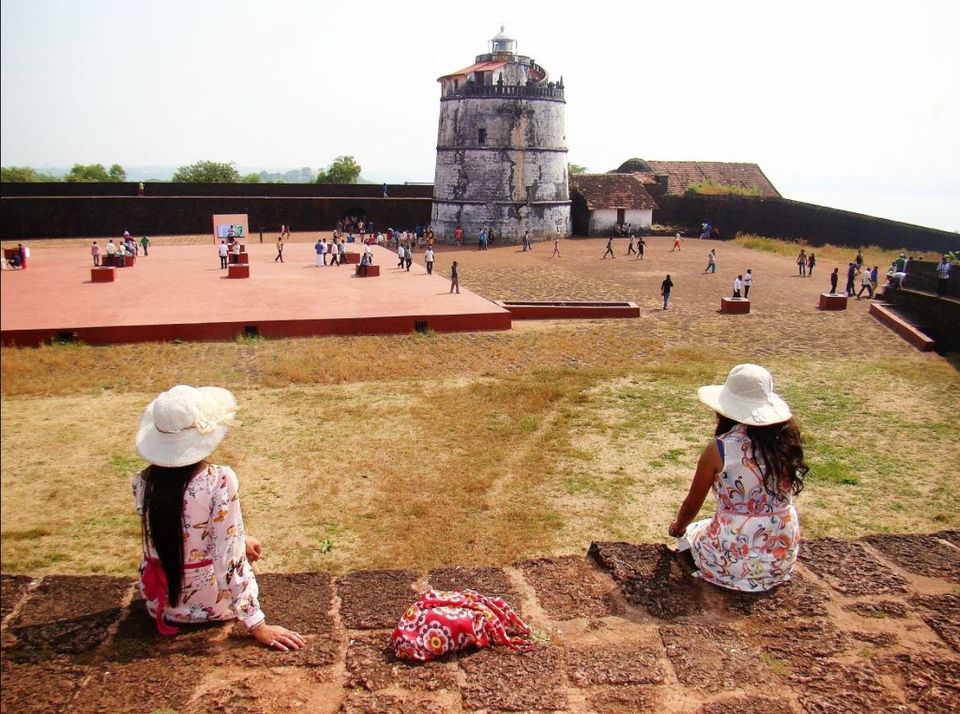
Cabo de Rama - Did you know Goa was the stage for Hindu epic Ramayana? (Albeit for a small time) Bhagwan Sri Ram, his wife Sita Devi and brother Lakshman took shelter here while on exile from Ayodhya. Today there is the church of Santo Antonio within the fort walls.
Cabo Raj Niwas - This fort dates back to 1540 AD and is located close to Aguada Fort. The beautiful Franciscan monastery served as the residence of Governors of Goa.
Chapora Fort - More famously known as Dil Chahta hai Fort was built by the Muslim ruler Adil Shah. Even though in ruins today, tourists head to the fort for some great Instagram pictures. You get amazing views of the Vagator beach from Chapora fort.
Mormugao Fort - Probably the most dilapidated fort of Goa, only a portion of the boundary wall and a chapel stands today. It was important and strategically located fort, with 20 bulwarks, three magazines, five prisons and quarters for the guards.
In the field of art and culture too people of Goa are substantially focussed. Goa Kala Academy leads the art and culture scenario. The building itself is an object of art, brainchild of India's greatest architect Charles Correa. The institution is busy and bursting with activities throughout the year. Most notable festival held by them is the International Film Festival in November.
The building houses Schools of performing Arts like the School of Indian Music, The School of Western Music, The School of Dance and The School of Drama. Prestigious Dinanath Mangeshkar Kala Mandir, an indoor auditorium here, is a mute witness to sterling performances of great playwrights.







